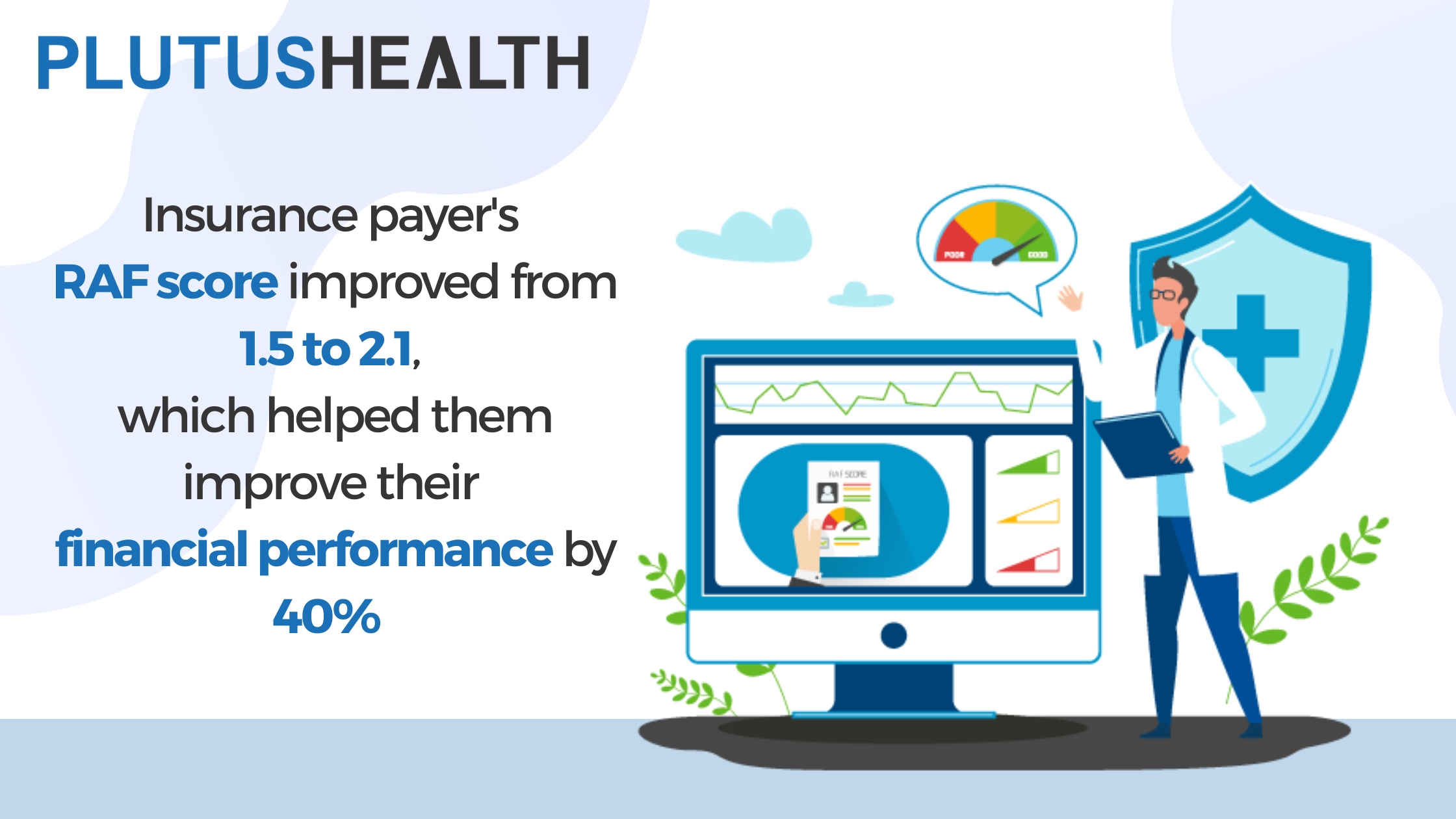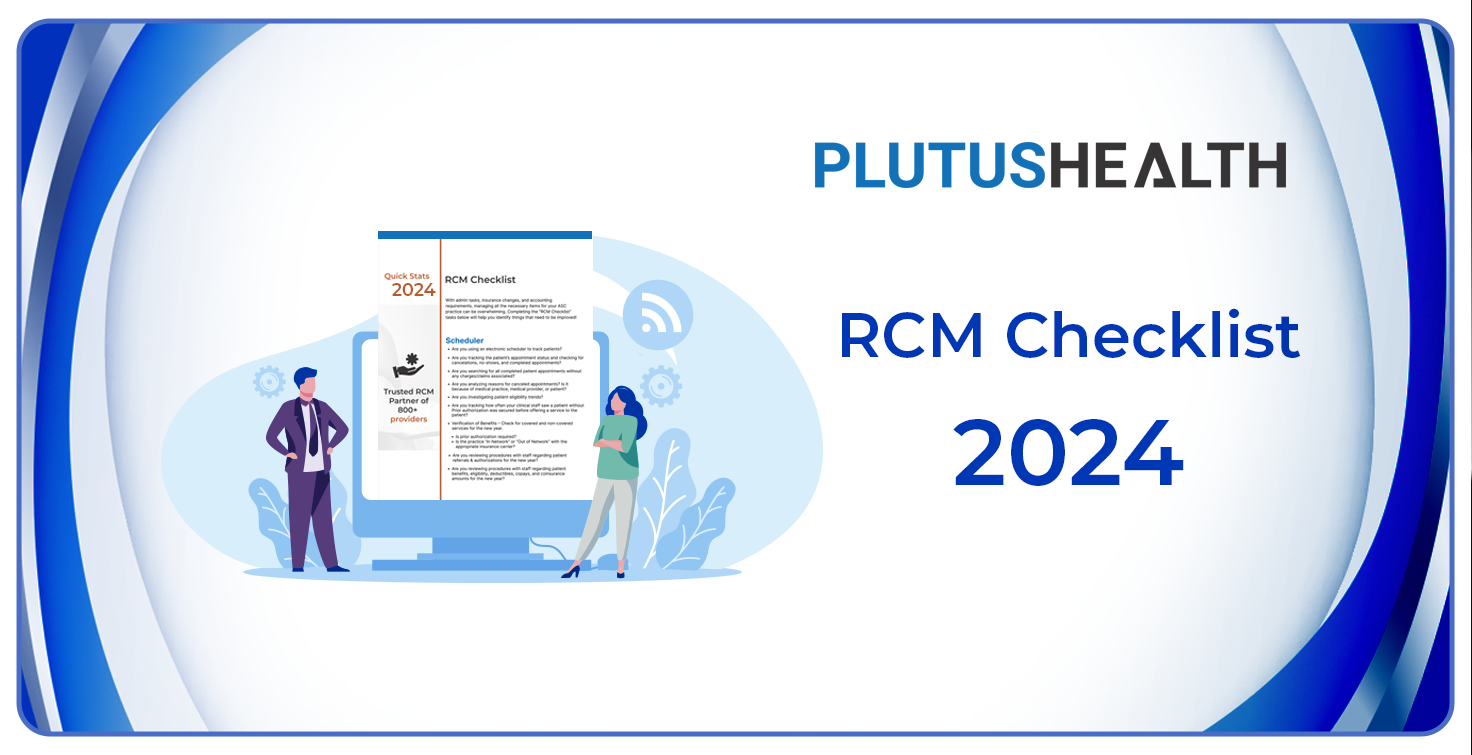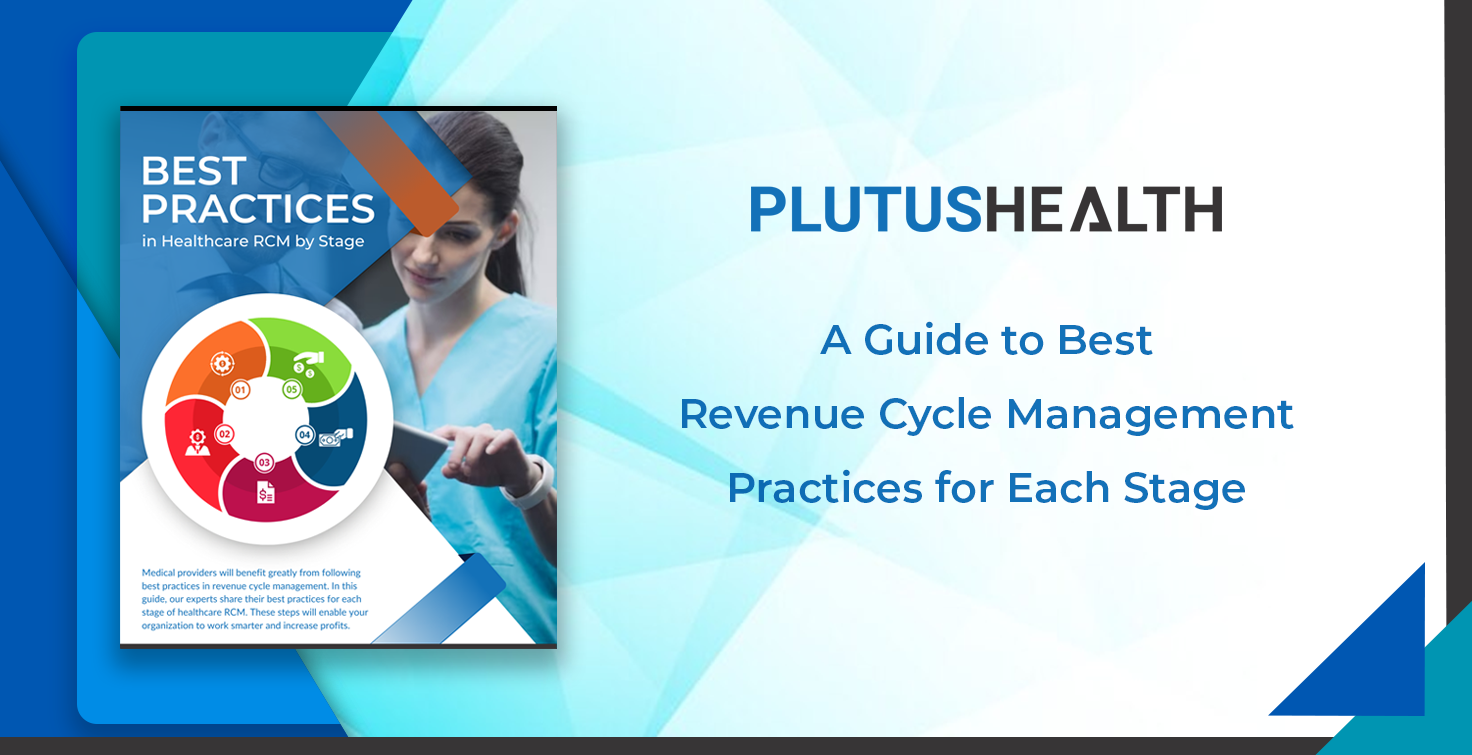ABA Session Notes: Tips for Success
ABA therapists understand the importance of positive reinforcement. Well-developed children can tell you what they like. However, not all reinforcement types work well with every learner. A therapist must work for the answer for younger or less advanced learners.
Understanding what methods help different students and the surrounding context is pivotal to effective therapy. As such, therapists must record their sessions accurately and with no biases.
Here are the top tips for writing ABA session notes.
Note Changes toward ABA Reinforcement
Young children’s interests change constantly. Specific food may no longer be appealing, toys suddenly lack interest, and games no longer hold attention. In such cases, therapists will find their usual reinforcement tools less effective.
Because of this, it’s prudent to write down how the learner reacts to reinforcement consistently. Do so even for older, stable children. If you find that a child’s appreciation pattern begins to change, schedule a date for an ABA preference assessment. During the preference assessment, keep a recording method handy to quickly note differences in appreciation. Then, use this assessment for future reinforcement planning.
Note Adverse Environmental Conditions
Your understanding of your training effectiveness will be poor if you fail to record the surrounding context of a visit. For example, has a child just woken from a nap? Was he throwing a tantrum when you arrived? Did you go to the park or stay in the comforting environment of his room? It is essential to include this critical information to contextualize session results.
Note Parental and Supervisor Involvement
A primary goal of ABA therapy is to involve parents in a substantial training role. If parents can successfully manage ABA guidelines, they can provide a continuous beacon of support for their child. All competent therapists will strive to train parents to a high level. To do this, therapists must record interactions.
When guardians are present at a session, take note of how the child behaves. Is she responsive than before? Has her attention focused, or is she more distracted? Also, record the amount of time the parent spent at the session. Learning these details is instrumental to assessing how practical your training has been. After coaching a parent, a therapist must write down what they instructed. Inconsistencies will harm both parent and child. Lastly, record the positive and negative feedback you gave during the day.
During sessions where a supervisor is present, pay close attention. While most interactions will be with you, the therapist, the supervisor’s status will give them significant leverage. As such, parents and learners will likely remember the details, they suggested. So, to uphold consistency, record topics, instructions, and any more advice this session produced.
Note ABA Goals Reached or Failed
A therapist must record this success when a learner completes a program to the targeted level. Doing so allows for a progression to more generalized tasks and goals.
If, instead, a learner cannot attempt a program or fails to reach her target, a therapist should record this failure. The following session will focus on mastering this program. If, after two weeks, the learner continues to fail this target, then the therapist must note this failure as something to bring to the supervisor.
Note General Behavior
Many ABA learners are socially impaired and need help learning how to act in certain situations. However, some of their behaviors are actively beneficial to the learner’s mental state. A therapist must understand the difference between damaging behavior and behavior that is harmless and comforting.
During a session, note ABC data. What are the physical characteristics of the behavior? What happened earlier to prompt this response? Was it repeated multiple times, and for how long? What was the immediate aftermath? Successfully capturing this information helps maximize strategy precision.
Note Additional Items
A therapist must stay vigilant and avoid slipping into mindless habits. Each session brings unique challenges and benefits and needs individual assessment. Additional notes help therapists think outside the box. This section will typically include some combination of the following information.
● Parental questions, updates, and concerns
● Unusual patterns of behavior or new behaviors entirely
● Materials this session needed, and which were helpful
● Incidents that require the attention of the supervisor
Get the Help You Need
ABA therapists have a lot on their plate, spending a large part of their time evaluating learners to improve behaviors and skills significantly. When it comes to administrative details of the practice — such as billing, collection, and management — it can be time-consuming and demanding, taking up valuable time from the practice.
Plutus Health makes it easy for ABAs to focus on clients while giving them the peace of mind that the administrative side of their practice is taken care of. Our ABA billing experts have extensive knowledge in the billing process and experience to advise practices on handling specific persistent denials, delivering better outcomes for clients.
Key Takeaways
1. Record appreciation flux for reinforcement tools.
2. Contextualize the scenario of your visit.
3. Note the level of parental involvement and training instructions.
4. Highlight specific details regarding behavior and the surrounding context.
5. Write down success or failure for program targets.
6. Include an additional items section to catch other events.































